Guadalajara - A City of Plazas, Museos, and Vital Urban Living
![]()
Guadalajara was the place to study, by observation, the contrasts and conflicts, the grace and artistry, the exertions and endeavors, the customs and culture, and the lasting influence that the Spanish colonial era left with the Mexican people. Mexicoís second city, with a population of 4.4 million, offers visitors a calmer yet vital, more approachable yet dynamic, smaller scale city to explore and enjoy.
With this promise, we decided to visit. We found a comfortable home at the Don Quixote Plaza Hotel, with itís classic Spanish colonial architecture and comfortable interior attrium.
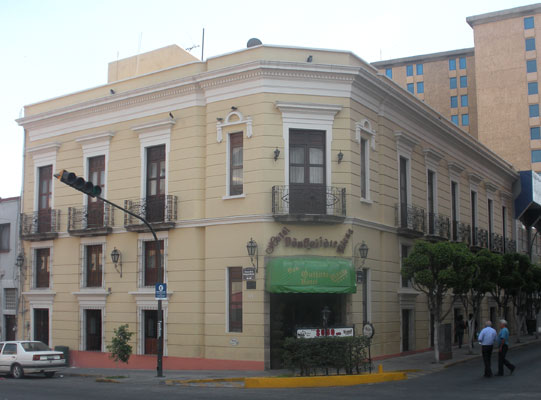

The Spanish city planners of the 1500s believed in the grid system for streets surrounding a centro where three grand public plazas provide the setting for important edificios publicos including the Palacio de Gobierno, Presidencia Municipal de Guadalajara, and the Catedral Metropolitana.
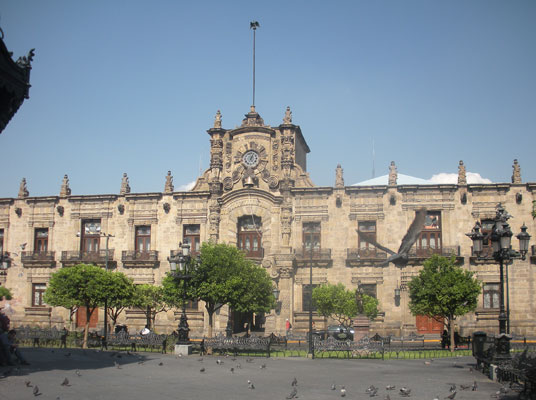
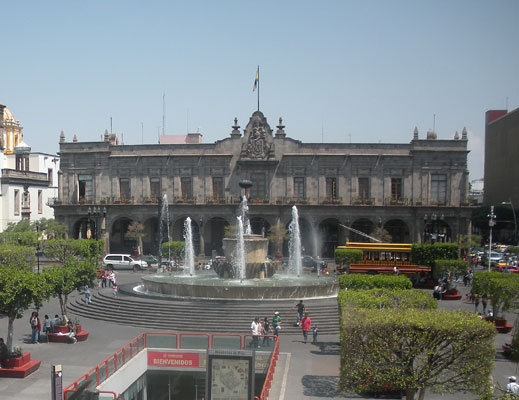
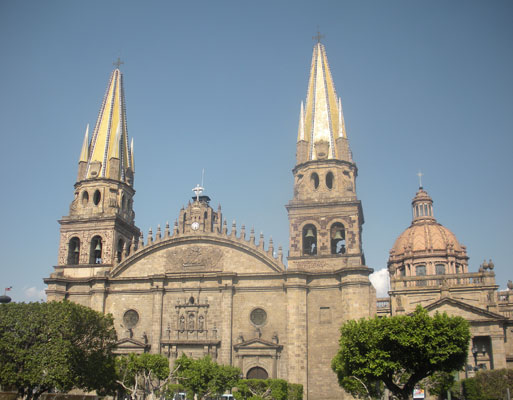
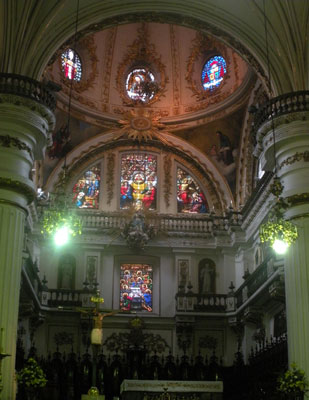
These aspects of the Centro Historico remain today providing a place for residents to gather for outdoor concerts and political rallies, informal entertainment, relaxing meals in outdoor cafes, shopping, and meeting up with friends - old and new. The Centro is easily accessible by subway or buses from every barrio of the city.
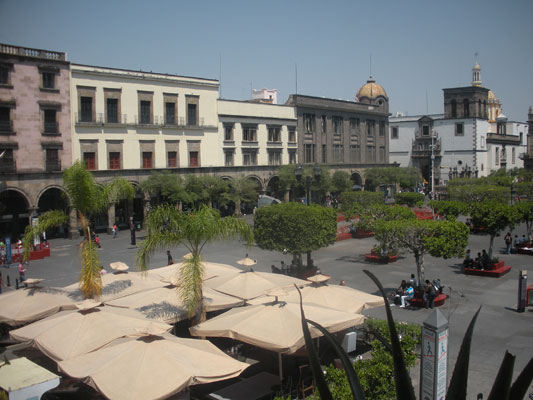
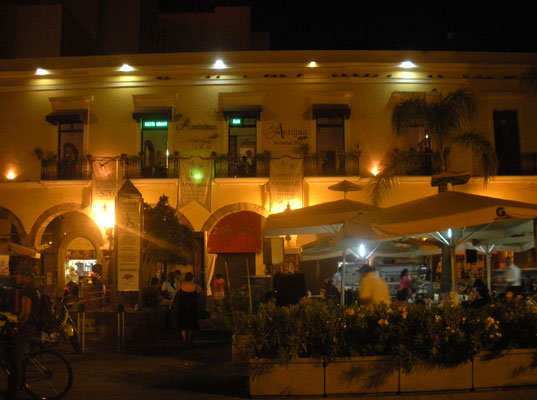
Nearby was the Teatro Degollado wiith its glorious neoclassic exterior. This teatro is an elegant performance space for the cultural events of the city. We had the good fortune to visit the interior to hear a concert of choral music during our visit.
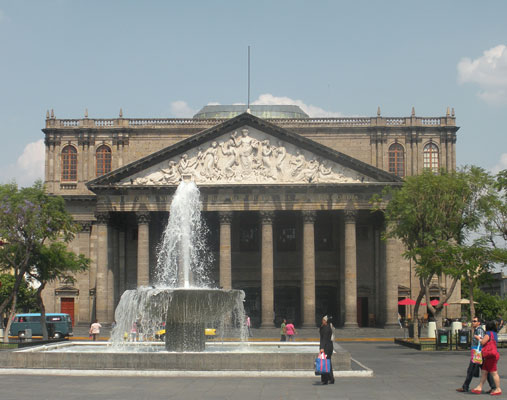
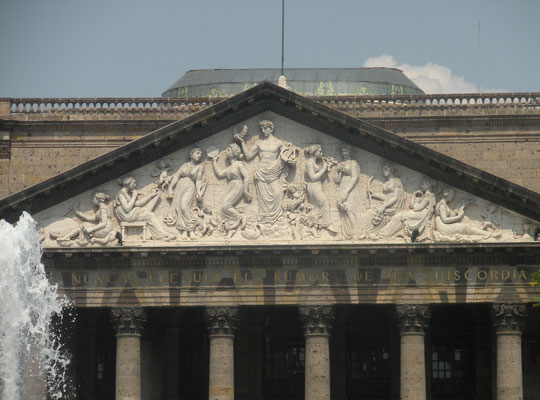
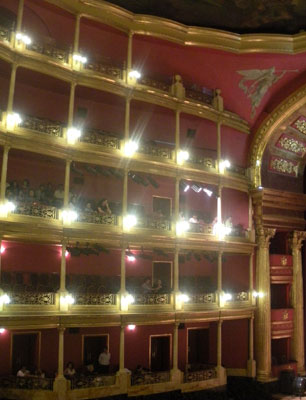
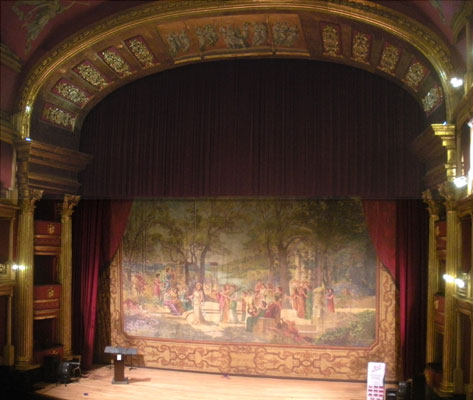
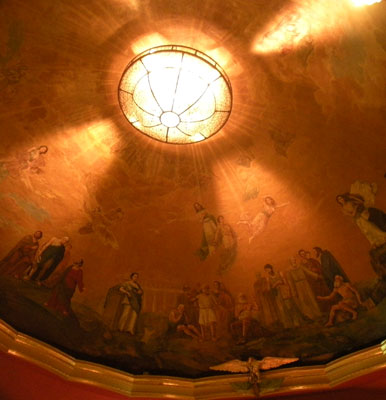
Not far to the west of the centro another great area surrounded the University of Guadalajara. Here the reflective glass walls of the high rise skyscraper contrasted with the elegant old administration building and the grand gothic catedral just across the street.
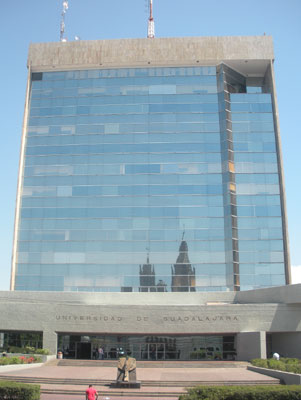
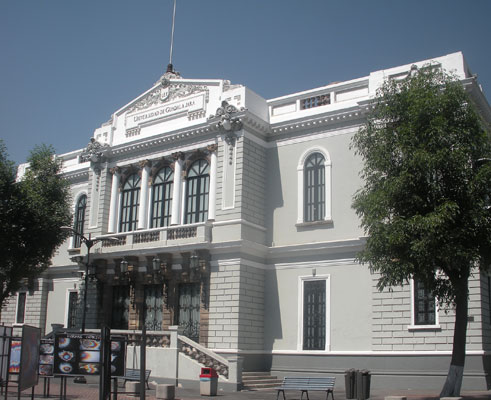
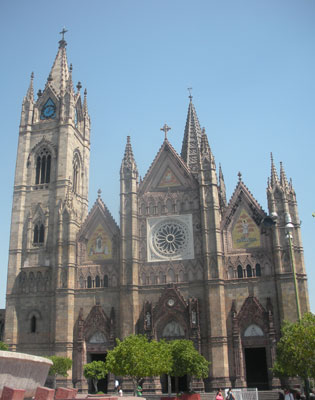
The theatre inside the administration building featured the disturbing and gripping murals of Orozco, the cityís foremost artist. This was our first exposure to his art and we were astounded as we viewed the powerful imagery of starving men rising up in rebellion against oppression. After this, a visit to the calm, cool cathedral was welcome!
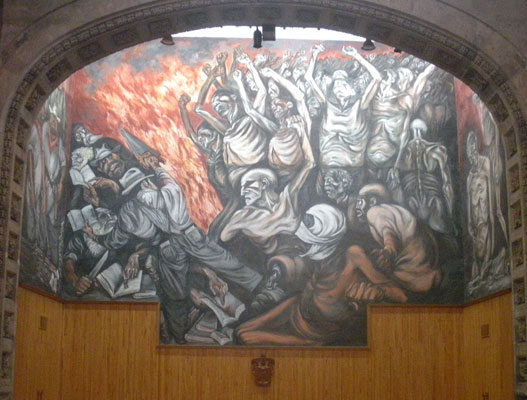
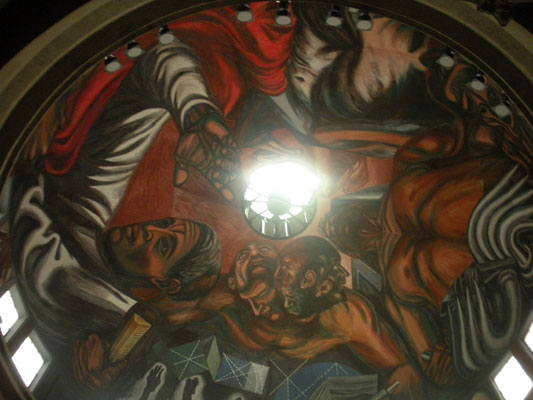
Further on, the Exconvento del Carmen, offered exhibitions of local photography and painting plus a whimsical sculpture in the courtyard.
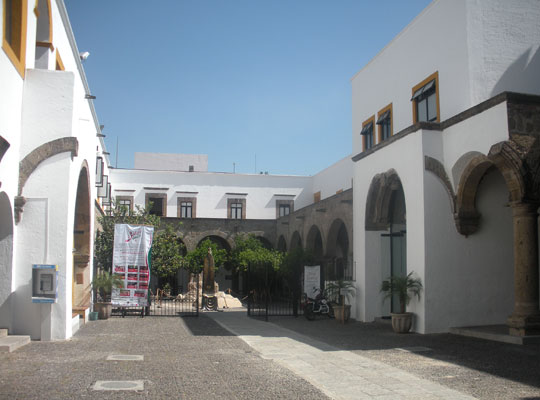
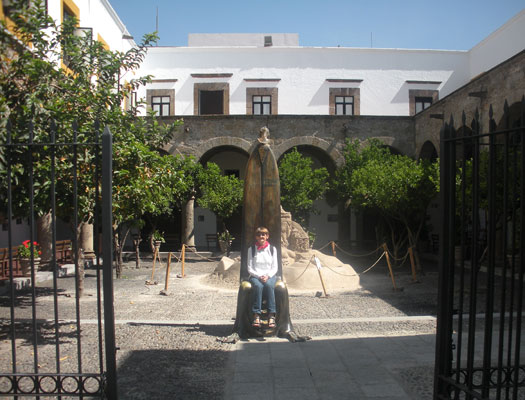
The Colonia Americana, an area near the US Consulate, was home to upscale residential housing and wide boulevards.
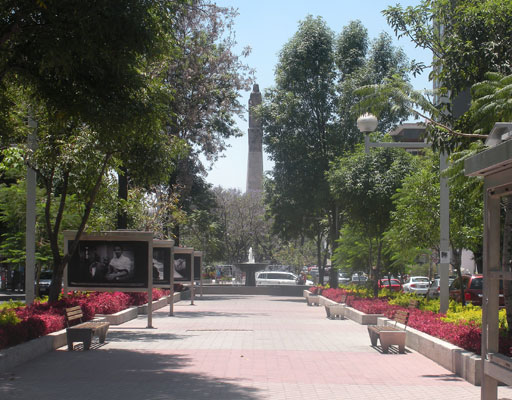
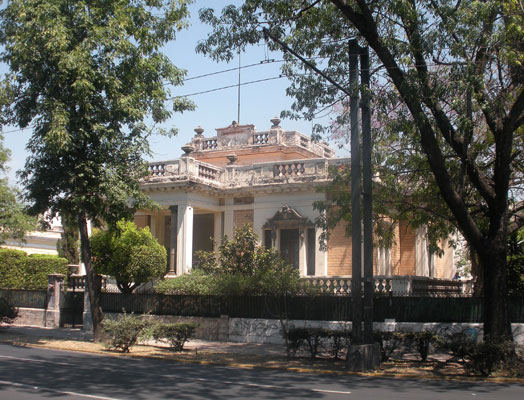
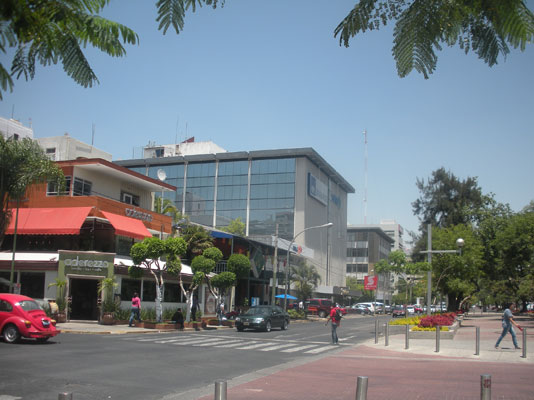
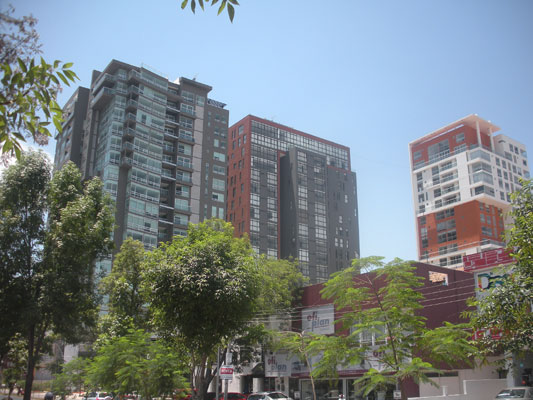
To the east of the centro, sprawls the Instituto Cultural Cabanas, a vast building of rooms surrounding courtyards, that was once an orphanage. The domed ceiling and upper walls of the templo featured Orozcoís masterwork, a series of murals of truly amazing scale and scope, an emotional and suggestive tapestry of imagery and social comment on Mexicoís history and the influences of other global forces and ideologies. Unfortunately photography was not allowed so we have no images to share.
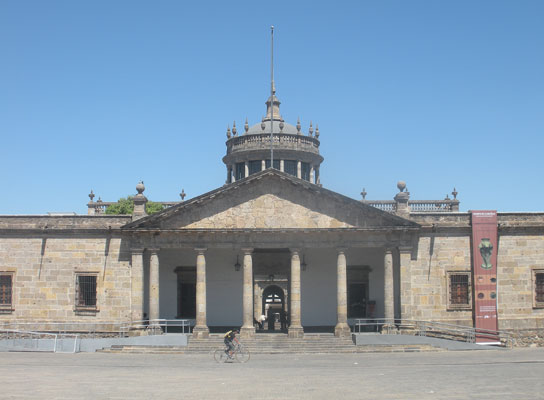
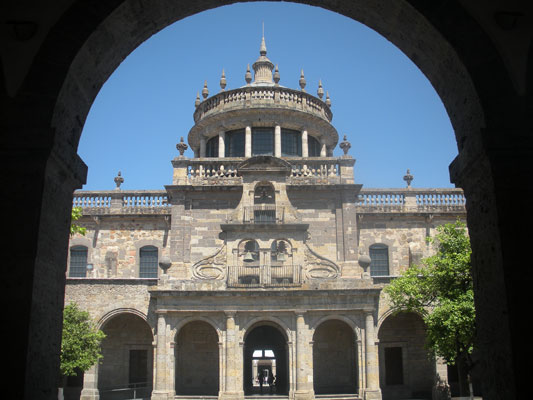
The Palacio de Gobierno provided the perfect setting for more dramatic and emotional Orozco murals. Those over the staircase depict Father Miguel Hidalgo, the Great Libertador, brandishing his torch with scenes depicting the oppression of the Mexican people and their struggle for liberty.
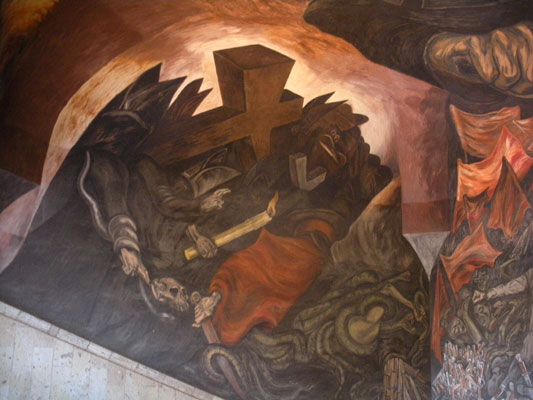
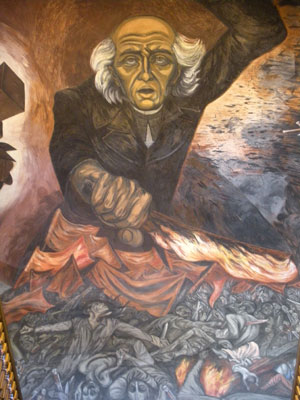
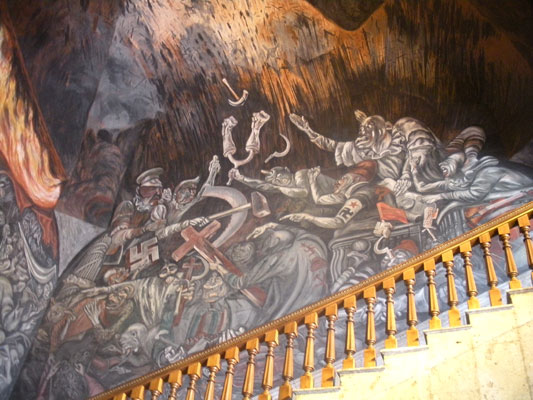
In the domed Congresso Chambre, Hidalgo signs the decree to abolish slavery. We enjoyed statues in his honor at locations around the city.
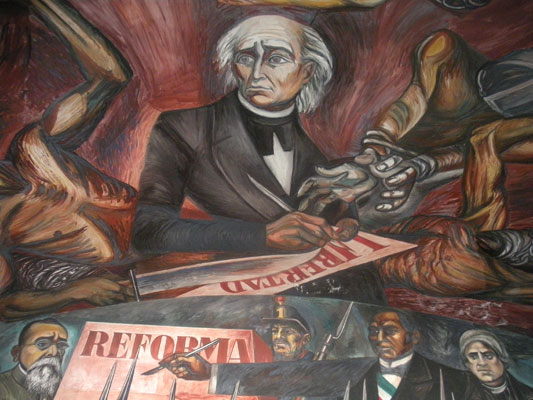
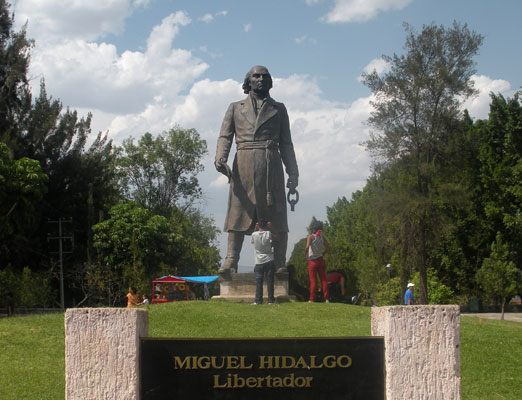
A city tour took us to other areas beyond the Centro and we soon realized that there were more great, walkable, pleasant districts to explore!
Tlaquepaque, once a distinct city, has now been absorbed into the greater Metro area. The fine colonial architecture was lovingly preserved to create pleasant pedestrian streets to stroll while looking into gallery and shop windows and stopping to visit the Museo Regional de la Ceramica in a lovely rambling old hacienda. The regionís culture of ceramic art, centuries old, showed similarities with southwestern native American work along with uniquely Mexican aspects.
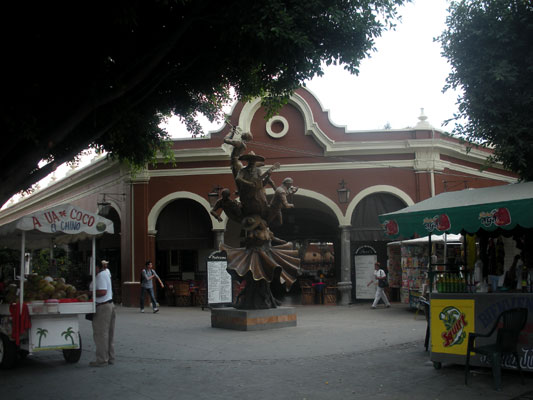
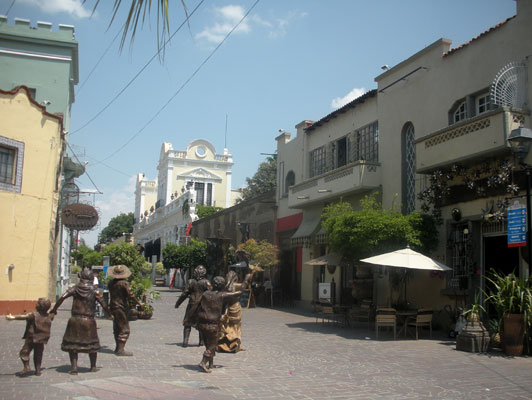
Another area, southwest of the centro, featured Plaza del Sol, a Ď70s style shopping mall that had been updated to provide an alternative to big box shopping. It was refreshing to see that a creative approach had regenerated this retro mall into a pleasant and effective shopping destination!
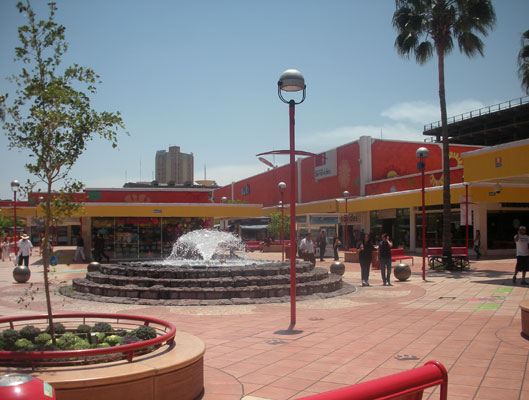
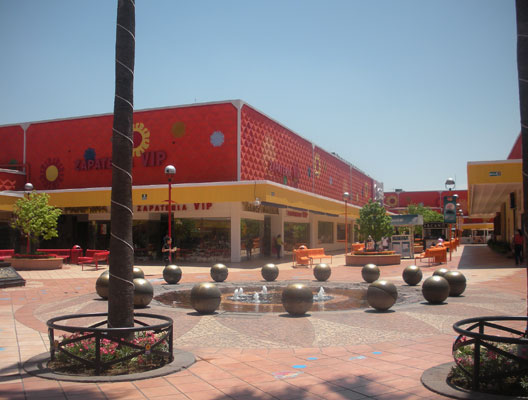
These explorations revealed the prolific aspects of Pleasing and Efficient Physical Form of the city.
As we explored the city, we rode the Metro, the electric trolleybuses, the bus rapid transit (BRT) Macrobuses, as well as various regular CNG powered buses. We concluded that these modes offer Mobility Options to enable residents to travel throughout the city.
The two Metro lines that crisscross the city are complemented by trolleybuses on selected routes through the downtown.
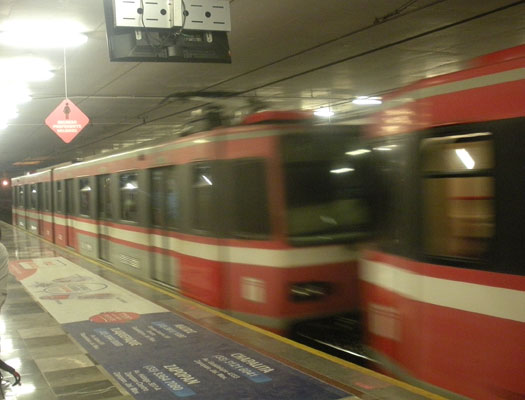
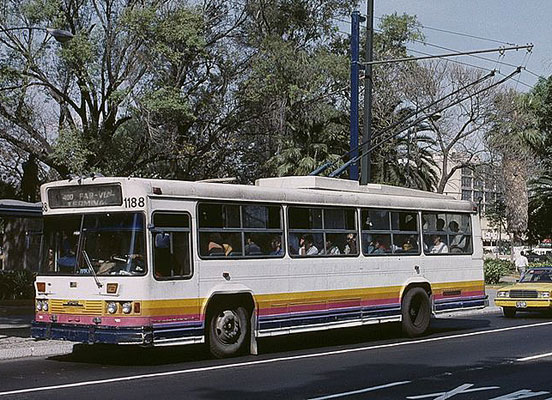
The Macrobus BRT system supplemented the Metro lines and the trolleybuses.
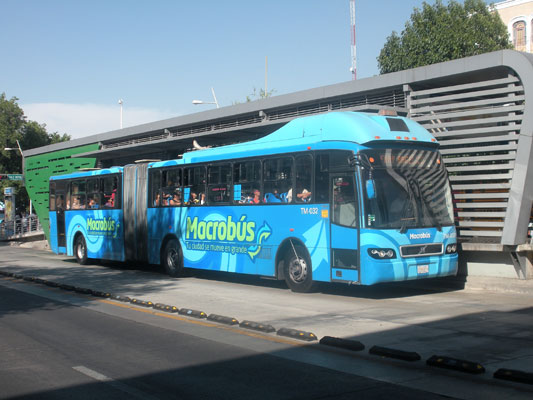
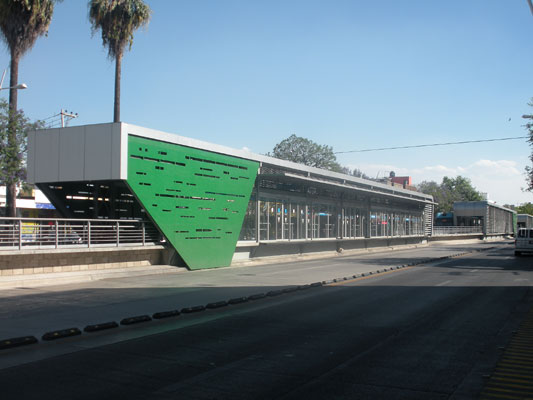
Filling the gaps was an extensive sytem of regular buses, mostly CNG powered, that would take travelers almost anywhere in the city.
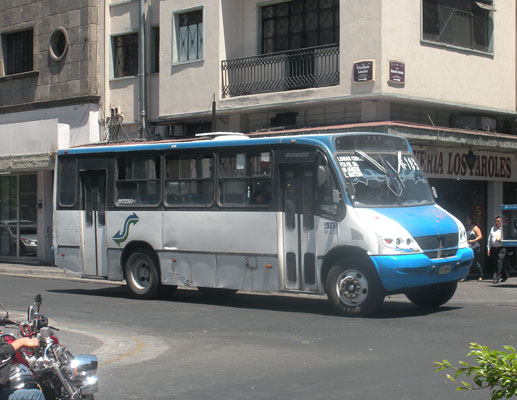
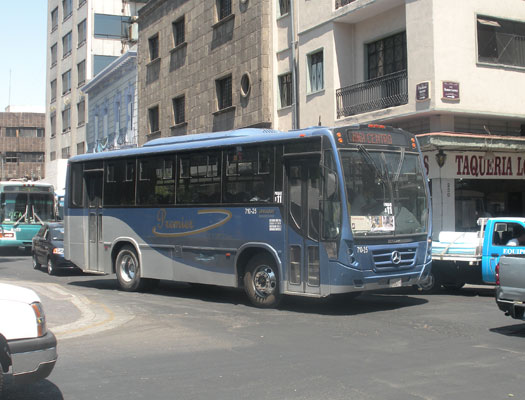
These options combined with many pedestrian friendly walkways within the Centro enabled residents to avoid auto trips at least some of the time. However, we concluded that the relatively low density of the barrios beyond the centro made car travel an important element of the transport mix.
For Natural World Connections, we traveled by bus to Parque Agua Azul to visit the mariposa (butterfly) dome, the aviary, and enjoy the wide lawns, great old trees and a lake.

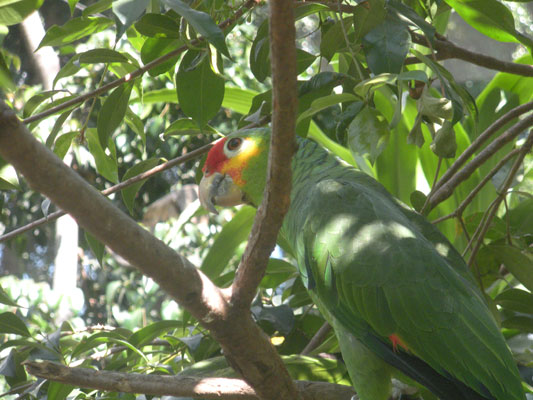
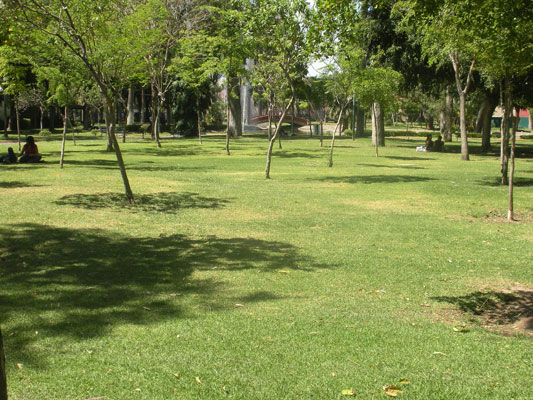
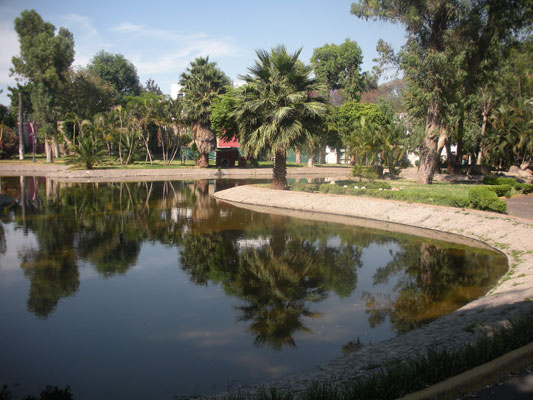
North of the city, also accessible by BRT bus, was the Parque Mirador Independencia along the edge of the Barranca de los Oblatos, a canyon wilderness and ecological reserve right along the urban edge! We walked the paths and ate local food at a cafe relishing in the panoramic views.
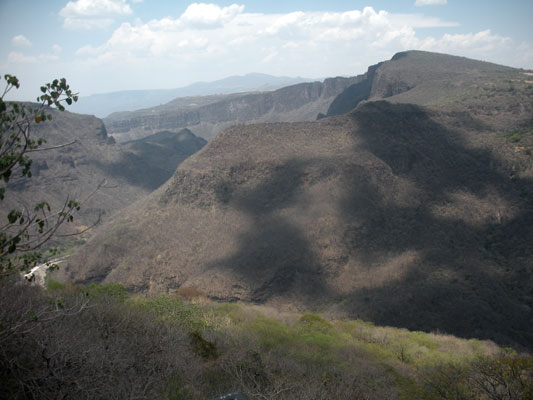
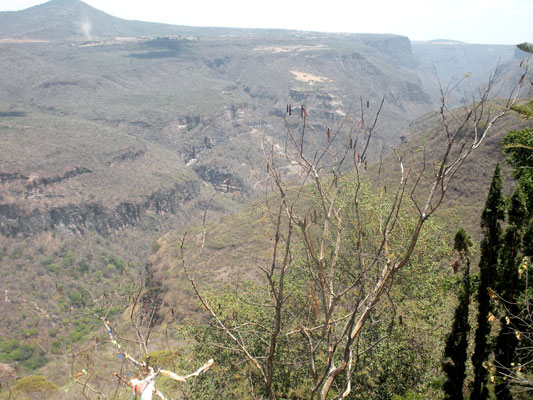
In a large and sprawling city, only a small portion of the population lives in the urban barrios near the centro so we rode the Metro south to the end of the line and discovered a vast area of small homes, few cafes and shops, industrial areas and a massive plant, the function of which remained a mystery to us. The only shopping was provided by big box stores. We concluded that folks who live here must feel quite apart from the folks who live in the close-in barrios and gather in the Centro in the evenings.
We concluded that Guadalajara must have a vital and creative municipal government that incorporates strong land use planning and development functions combined with determination to provide an effective transportation infrastructure. An extension of the Metro is close to completion and the enlargement of the BRT system will augment travel to areas not covered by the two Metro lines.
The reality of poverty remains a challenge which can only be met if the Mexican economy improves. Even the best municipal governance depends on national governance in the end.
It was easy to imagine living in this city in one of the urban barrios with convenient nearby shopping and public transport. Perhaps this is a place we will return to for a longer visit!
Click here to return to our 'Spring 2012 - In Mexico and on to Hawaii' page
![]()